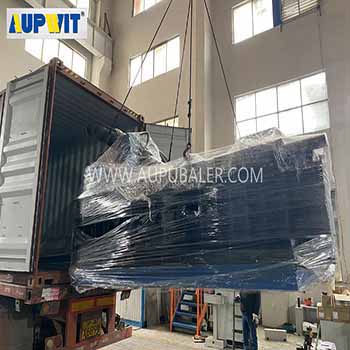Adjusting the bale size of a horizontal baler is essential for optimizing storage, transportation, and material handling efficiency. Here’s a step-by-step guide to customizing bale dimensions:
1. Key Adjustable Parameters
-
Bale Length: Controlled by the wire/pusher stroke limit switch.
-
Bale Height/Width: Adjusted via side compression plates or chamber spacers.
-
Density: Modified by hydraulic pressure settings (PSI/bar).
2. Step-by-Step Adjustment Process
-
Access Control Panel:
-
Navigate to the "Bale Size" or "Stroke Length" setting (varies by model).
-
-
Set Bale Length:
-
Adjust the limit switch or PLC program to change the pusher’s stopping point.
-
-
Modify Chamber Dimensions:
-
For height/width, manually reposition side/top plates or insert/remove spacer blocks.
-
-
Calibrate Hydraulic Pressure:
-
Increase/decrease pressure relief valve (e.g., 2,500–3,000 PSI) to alter compression force.
-
-
Test & Validate:
-
Run a trial bale and measure dimensions with a tape.
-
3. Tools Required
-
Hex wrenches (for plate adjustments).
-
Pressure gauge (to verify hydraulic settings).
-
Calibration manual (brand-specific).
4. Material-Specific Tips
-
Cardboard/Paper: Smaller bales (e.g., 1m x 0.8m) prevent rebound.
-
Plastics: Larger bales (e.g., 1.2m x 1m) improve density.
-
Metals: Fixed chamber sizes (non-adjustable in most heavy-duty balers).
5. Safety Precautions
-
Lockout/Tagout (LOTO): Disable power before mechanical adjustments.
-
Wear Gloves: Sharp edges on spacers or plates.








